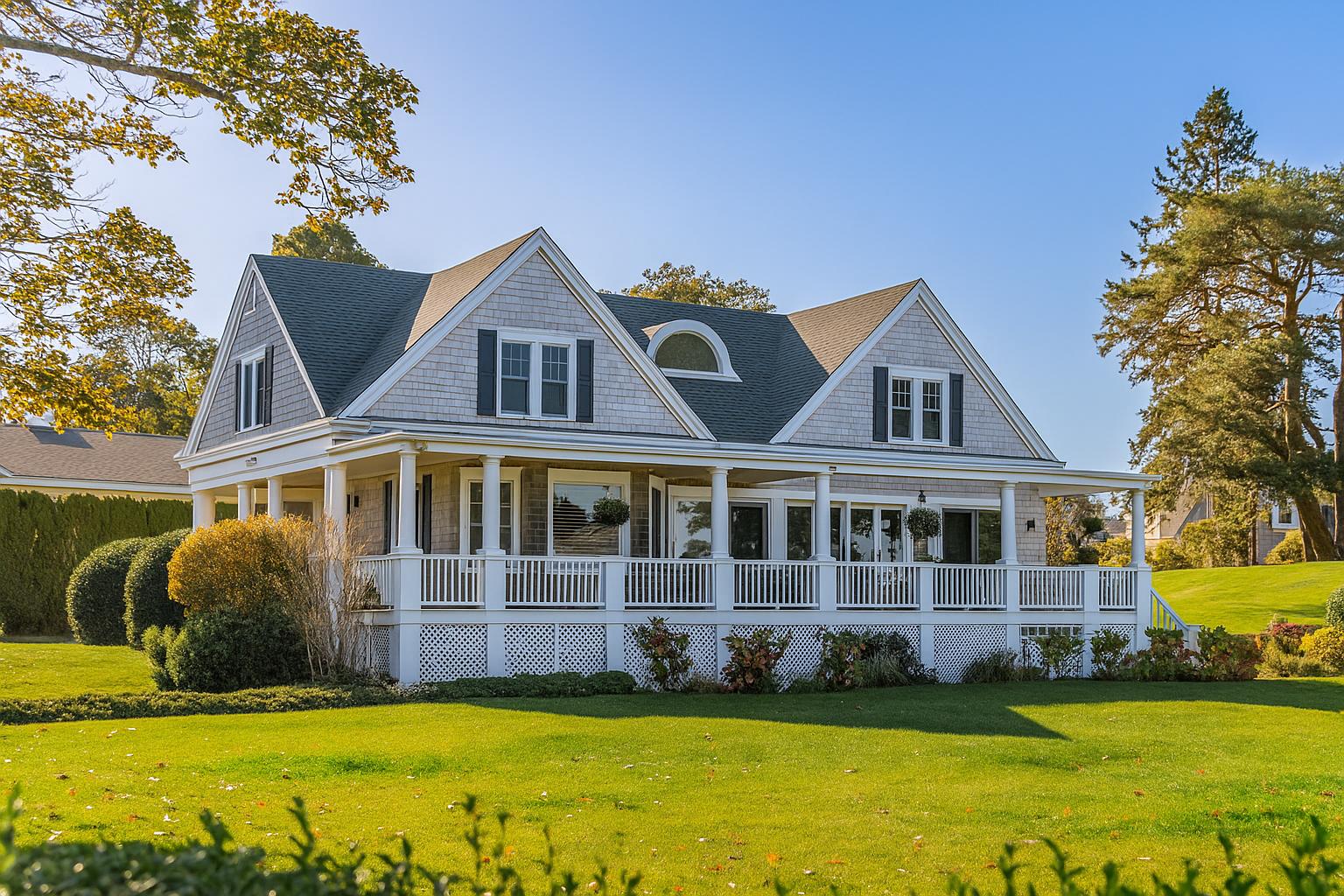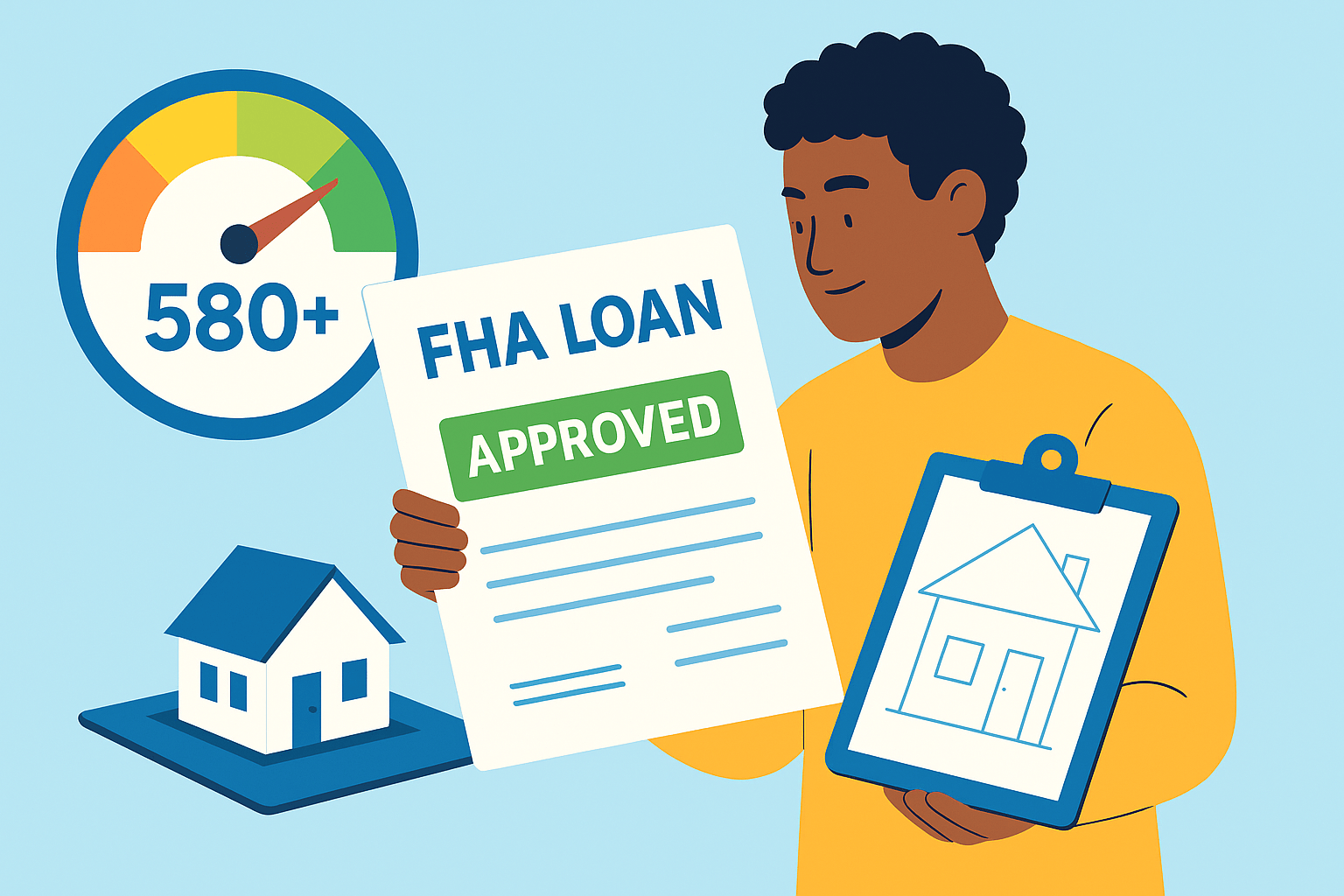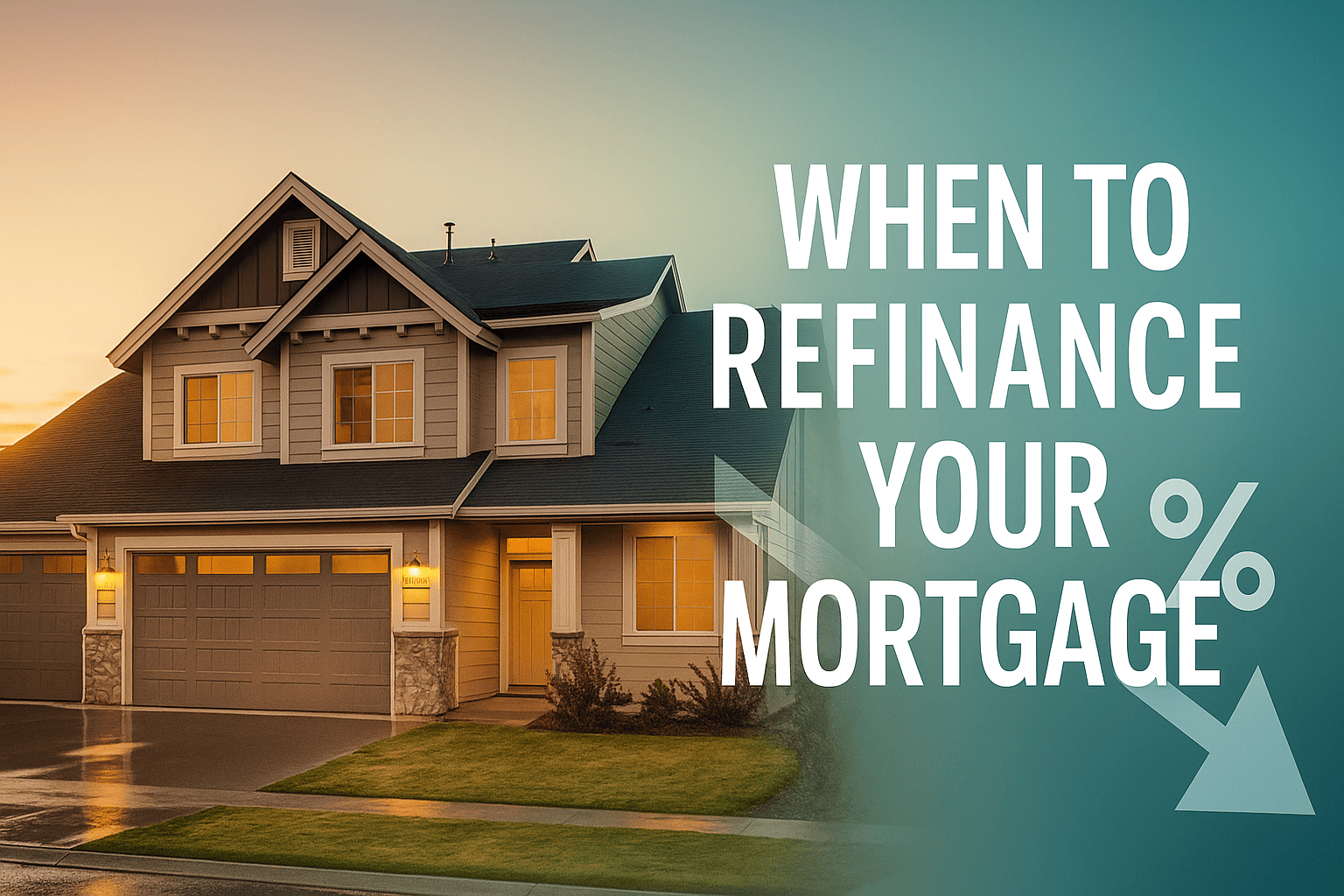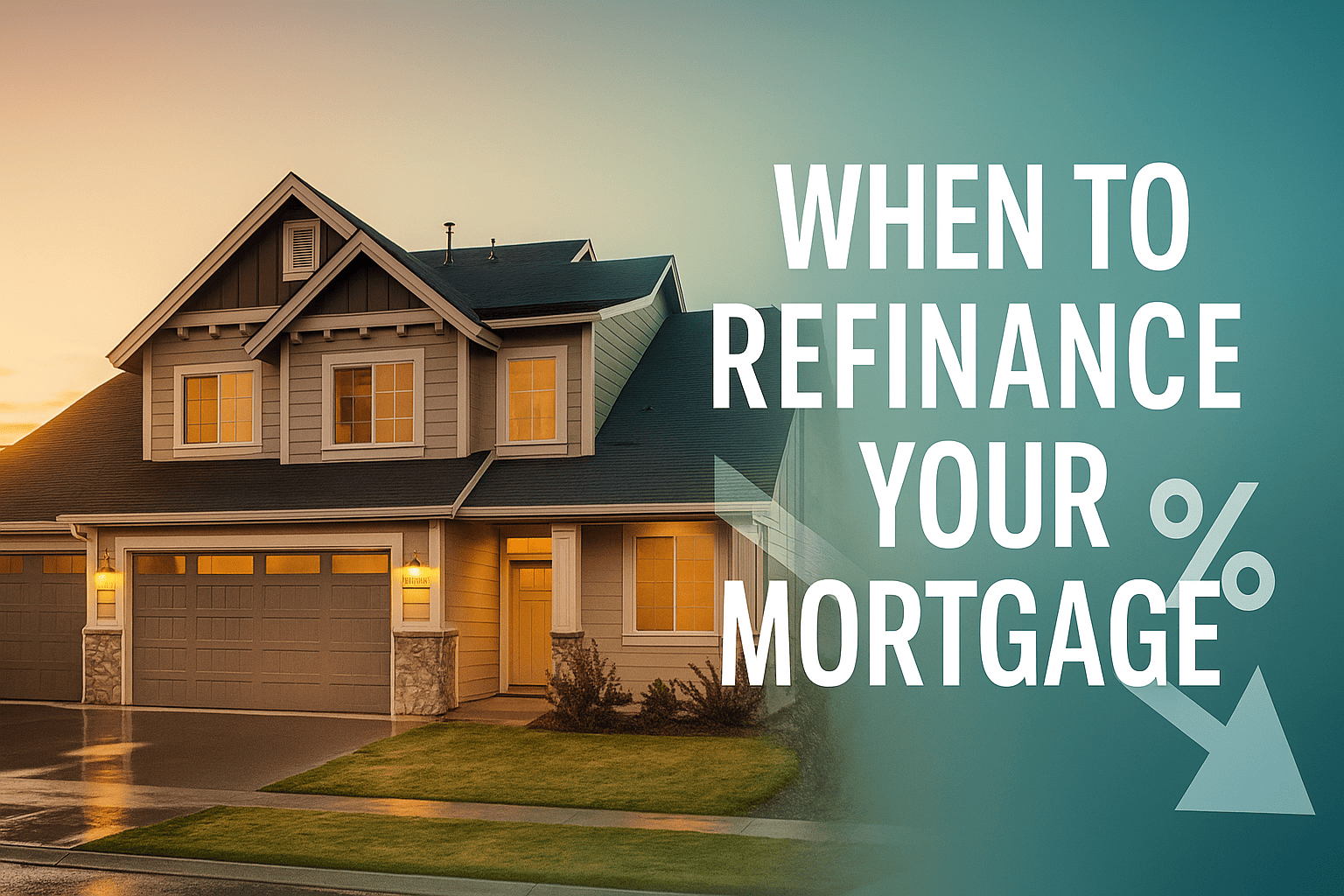ASSIST Down Payment Assistance First-Time Homebuyer Assistance Programs
ASSIST Down Payment Assistance: Vermont's Key to First-Time Homeownership
Buying a home in the Green Mountain State is a dream, yet for many first-time buyers the required cash up front can feel like climbing Camel’s Hump in flip-flops. ASSIST Down Payment Assistance, a statewide initiative administered by the Vermont Housing Finance Agency (VHFA), was designed to level that mountain by providing financial help with both down payments and closing costs. In the next few minutes, you’ll discover how the program works, what it takes to qualify, and insider tips to turn the key on your new front door.
Why Down Payment Help Matters More Than Ever in Vermont
According to a 2023 review of Multiple Listing Service data, the median single-family price in Vermont waltzed past $349,000—an 11 % rise in just twelve months. Translate that into down payment terms and you’re looking at roughly $17,450 for a modest 5 % down, plus another $7,000–$10,000 for closing costs. For renters trying to save while inflation nibbles away at their paycheck, that figure can feel like chasing snowflakes in April. That is precisely why the state launched ASSIST: to bridge the savings gap and prevent talented Vermonters from relocating for affordability.
A Quick Micro-Story
Last October, Erin, a school nurse from Barre, and Alex, a bike-shop mechanic, found a cozy two-bedroom listed at $285,000. Their conventional lender wanted 5 % down—$14,250—plus prepaid taxes. After a burst pipe wiped out their emergency fund, the couple nearly gave up. A friend mentioned ASSIST. Three weeks later, they closed with $518 out of pocket. Erin says the process “felt like the program was written for ordinary people like us.” Their story illustrates how targeted aid can turn near misses into success stories.
How Does the ASSIST Down Payment Assistance Program Work?
At its core, ASSIST Down Payment Assistance behaves like an interest-free, zero-payment second mortgage that can be layered on top of a VHFA first mortgage. Instead of writing checks to a landlord, you get to redirect those dollars into building equity from day one.
- Loan type: 0 % interest, deferred payment.
- Maximum amount: Up to $15,000 or closing costs, whichever is less.
- Repayment: Only when you sell, refinance, or pay off your primary loan.
- Pairing: Must be combined with a VHFA first mortgage product.
Think of ASSIST as a silent partner: it fronts part of the cash, remains unobtrusive while you live in the home, and collects only when you have built substantial equity or decide to move on. The structure means lower monthly expenditures now and greater flexibility later.
Who Is Eligible for ASSIST in Vermont?
Program guidelines are surprisingly inclusive, yet a few guardrails apply. Review them early so you can align your financial ducks before diving into paperwork.
Basic Eligibility Checklist
- First-time buyer status: You haven’t owned a primary residence in the past three years (exceptions for veterans and certain target areas).
- Income limits: County-specific, scaled by household size. For instance, a two-person household in Chittenden County must earn under roughly $126,000 (2024 figure, rounded).
- Purchase price cap: State-wide max of about $405,000 for existing homes; slightly higher for new construction.
- Credit and underwriting: Meet VHFA’s first-mortgage criteria (typically 640+ FICO and stable debt-to-income ratios).
- Homebuyer education: Complete an approved class, either in-person or online, before closing.
If you’re sitting there wondering whether your side gig income counts, or if student loans will derail your ratios, the answer is usually nuanced. A VHFA-approved lender can tally your exact numbers in under an hour—worth the call.
How Much Money Can I Receive from ASSIST?
Current guidelines allow borrowers to receive up to $15,000 in combined down payment and closing cost help. In practical terms, that lump sum often covers:
- Entire 3 % down payment on a $250,000 VHFA MOVE mortgage.
- Attorney’s fees, appraisal, and state transfer tax.
- An initial escrow cushion for property taxes and insurance.
Because the assistance is capped, buyers eyeing prices north of $375,000 might still need to pony up some personal funds. Yet for homes around the state median, ASSIST can turn “I might buy next year” into “Where do I sign?” right now.
The Step-by-Step Application Roadmap
Securing ASSIST Down Payment Assistance is less mysterious than you think. Follow this funnel-shaped plan, and you’ll glide through.
- Choose a VHFA lender. Over 30 banks and credit unions participate statewide. Pick one with staff experienced in state programs.
- Get pre-qualified. Provide income docs, credit consent, and asset statements. Your lender runs the first-mortgage scenario and layers on ASSIST.
- Complete homebuyer education. Many borrowers finish the online course in a weekend.
- Find your property. Sign a purchase agreement contingent on financing.
- Submit full loan package. Lender forwards to VHFA for final approval—usually 5–7 business days.
- Close and celebrate. Bring a government-issued ID and maybe a pen for selfies; your cash requirement will be minimal.
Pro tip: Keep documentation updated every 30 days—pay stubs, bank statements—to prevent last-minute roadblocks.
ASSIST vs. Other Vermont & Federal Programs
| Program | Max Assistance | Repayment | Unique Perk |
|---|---|---|---|
| ASSIST (VHFA) | $15,000 | Due on sale/refi | 0 % interest; no monthly payment |
| USDA Direct 502 | None (100 % financing) | N/A | Subsidized interest rate |
| FHA Gift Funds | Unlimited (from family) | N/A | Flexible underwriting |
| HomeReady Grants (local) | $5,000–$7,500 | Forgivable after 5 years | Only select towns |
ASSIST stands out for statewide availability and its generous cap, surpassing many municipal grants while retaining the safety of deferral, not forgiveness—crucial for preserving funding for future Vermonters.
Advantages and Possible Trade-Offs
Why Borrowers Love ASSIST
- No accruing interest = lower payoff amount compared with deferred interest loans.
- Compatible with both conventional and government VHFA mortgages.
- Allows gifted funds to supplement, creating hybrid flexibility.
Points to Ponder
- Your equity grows slightly slower until the second loan is repaid.
- Refinancing early can trigger repayment; evaluate rate-drop math first.
- Inventory in popular ski-area towns may sit above program price caps.
Still, for most first-time buyers the pros read like a powder-day forecast: overwhelmingly positive.
5 Expert Tips to Strengthen Your ASSIST Application
- Buffer your checking account. Underwriters like to see at least one month’s mortgage payment in reserves.
- Pay down credit cards below 30 % utilization. That small tweak can nudge your FICO above the 640 threshold.
- Avoid new debt. Financing a car before closing is the mortgage equivalent of mud season—messy.
- Document non-traditional income. Side-hustle cash? Deposit it consistently for a three-month paper trail.
- Schedule the homebuyer class early. Nothing stalls closings quite like last-minute certifications.
Future Outlook: Will ASSIST Funding Keep Flowing?
VHFA’s 2024 strategic plan earmarks nearly $5 million for down payment initiatives, a 9 % uptick over last year. Legislators in Montpelier are also debating a revolving bond mechanism to replenish the pool continuously. Translation: resources should remain healthy, yet applying early in the fiscal cycle (July–October) can be prudent, especially if rates drop and applications surge.
Frequently Asked Questions
Q: Can I combine ASSIST with seller concessions?
Yes, you may layer reasonable seller credits. The combined support cannot exceed actual closing costs.
Q: Is a home inspection required?
ASSIST itself doesn’t mandate one, but most lenders—and common sense—do.
Q: What happens if I refinance to remove PMI?
The deferred ASSIST balance must be paid from your new loan proceeds, so factor that amount when crunching refinance numbers.
Q: Are condominiums eligible?
Absolutely, provided the condo project meets VHFA and secondary-market guidelines.
Q: Do I have to stay in Vermont after purchase?
There’s no residency claw-back, but selling the home will trigger repayment of the assistance.
Ready to Step Over the Threshold?
The combination of soaring rents, limited inventory, and rising prices doesn’t need to shut you out of Vermont’s housing market. ASSIST Down Payment Assistance offers an on-ramp—paved, sanded, and ready—so you can shift from renter to owner without draining your savings. Partner with a VHFA-approved lender, gather your paperwork, and you could be locking in your interest rate before the next leaf-peeping season arrives. Want personalized guidance? Get matched with a local specialist who knows both the program and your neighborhood nuances.
Explore the official ASSIST program page, then reach out to our team for a no-pressure mortgage strategy session. Your FHA, conventional, and ASSIST options will be explained in plain English—no alpine jargon required.
Suggested URL Slug: /vermont-assist-down-payment-assistance-guide
Explore More Blog Posts
Checkout more similar posts those will help you to choose better property.












 Profile
Profile Password
Password Saved Properties
Saved Properties Sign Out
Sign Out
 +0.01
+0.01
 -0.15
-0.15

